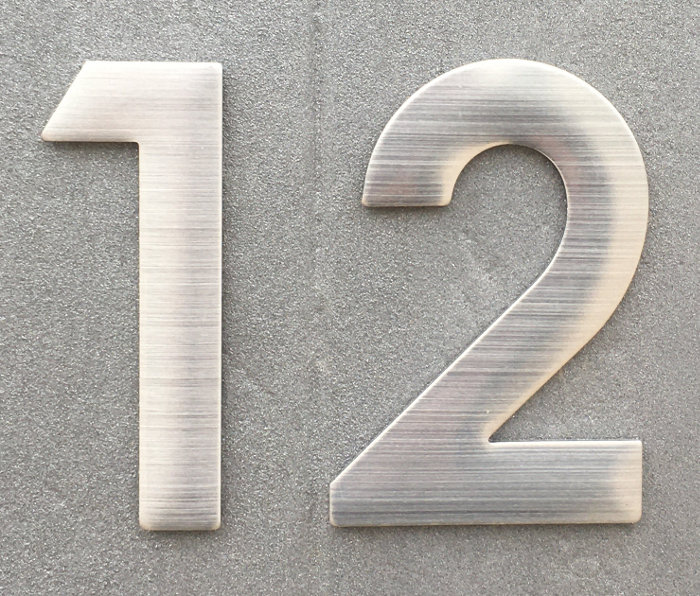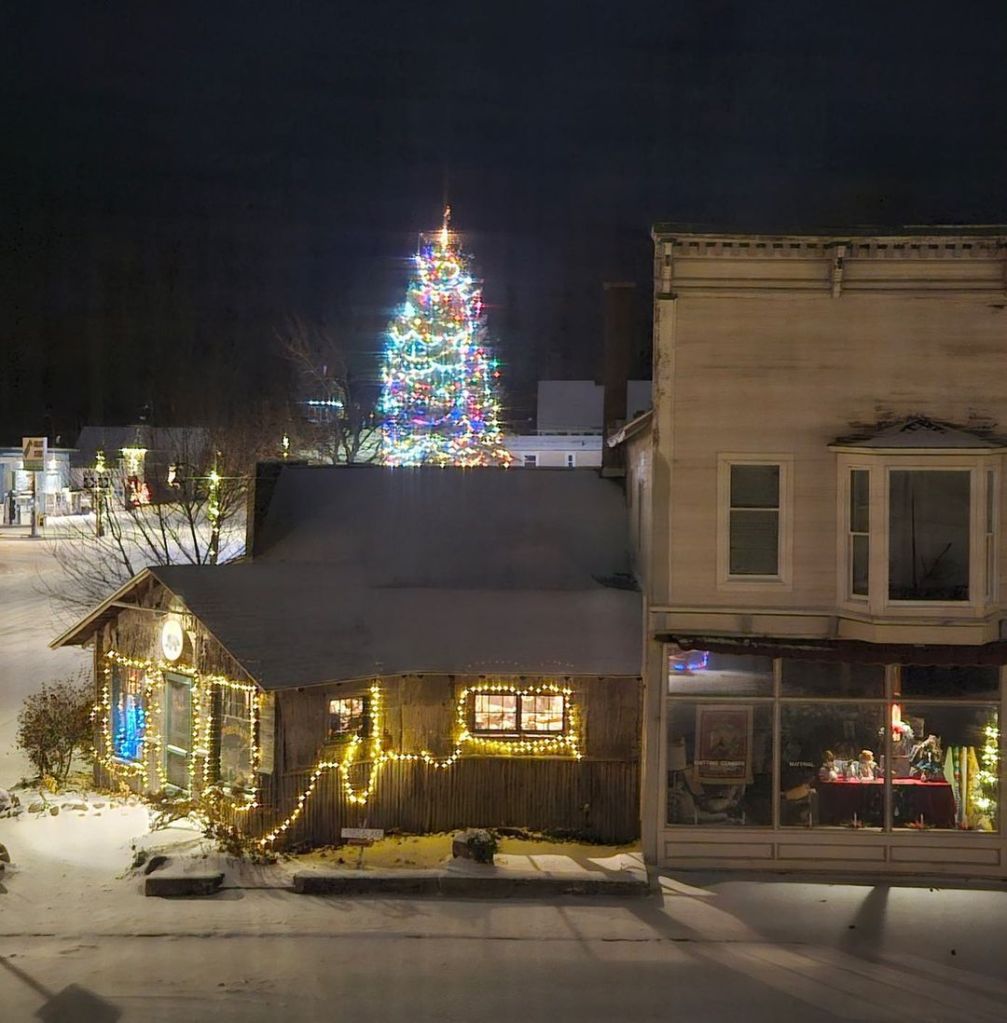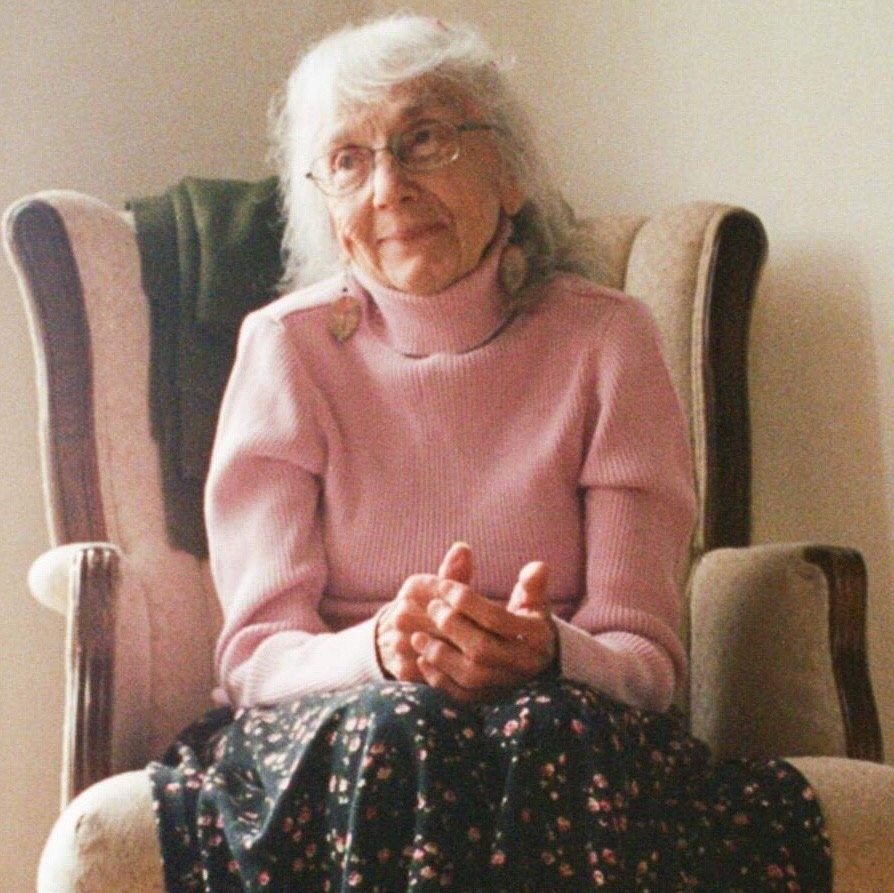Every December, sites and services that spend the year hoovering up personal information spit out a summary of users’ activity. Call it the year-end quantification-industrial complex. The trend isn’t new. But especially since Spotify hit word-of-mouth marketing gold with its shareable Spotify Wrapped feature, companies of all kinds have been delivering year-end nuggets of data to their users, whether personalized or in aggregate. Atlantic, December 23, 2023
The year-end quantification-industrial complex. I like that phrase. I really do like Ten Best columns and Biggest Stories and even the Time Person of the Year. There’s something gratifying about a year’s worth of anything, be it books, movies or (my personal favorite), Most Important Trends in Education.
It’s nice to think: Well, that was then, but now we have a clean slate, a fresh start. Even when we know, deep in our brains, that next year will be largely composed of the same old sh*t, plus some disconcerting new sh*t and perhaps the occasional good news. Which means that columns about education policy and practice are, if not evergreen, enduring.
Here are what I think are the best dozen education-related blogs I wrote in 2023. Not necessarily the most popular or most-read—but the ones deserving another look:
I Had a Dream about the First Day of School actually was one of my most-read blogs. I was wading around in teachers’ August complaints about bad professional development, endless and pointless staff meetings and all the unpaid work involved in classroom re-organization and wrote the blog in about 20 minutes. It struck a nerve.
Sometimes, you know, going in, that a blog will sink like a stone. But you write it anyway. In the case of Girls. Period., the trigger was being asked by a friend, a school social worker, to donate pads and tampons for the middle school girls she served. Bad policy in Florida makes an appearance in this blog, as well. I’m sure some readers found it distasteful. But it applies to girls, half our population. Just saying.
Almost every edu-blogger wrote about book-banning this year, some with photos of empty shelves. My personal take explores the use of the word ‘pornography’ to describe books that have changed students’ lives, and my own first encounter with actual porn. I Know It when I See It.
The Absolute Folly of Standardization: ‘The trouble arises when we use the tools of school—instruction, curriculum, assessment—to compare the students in our care, to label them, to sort them into standardized categories when they are very young. To essentially assign their potential. To show contempt for the wide range of human talents.’
Here’s one about the school where I used to teach, after a student filed a lawsuit against school leaders for not protecting her from overtly racist speech and acts. Are Schools Responsible for the Racist Behaviors of Students? What do you think?
Speaking of racism, and charges of “CRT”—Who is Indoctrinating Whom? A reflection on the impact of teachers on our lives and beliefs, for better and worse.
How many times have we heard teachers grumble about education policy that should have been run by teachers—who could have disabused legislators of the notion that they knew something about the way schools work? This ‘teacher at the table’ idea isn’t new: Thinking about Teachers at the Table.
Where the Boys Aren’t: Why is Teaching Still a Female-Dominated Profession? A question that is endlessly fascinating to me, as a woman who embarked on a largely male sub-profession: band director. Blogs about women in education don’t usually draw lots of readers, but this one has statistics and receipts.
Most of the blogging I’ve seen on the (faux) Science of Reading feels like it was created by SOR bots, claiming that they never learned anything about phonics in their teacher training. (Seriously?) Some thoughts about media baloney re: reading instruction. Learning to Read in Middle School.
I spent most of my career teaching middle school. And I have some thoughts about the rather amazing capabilities of middle school students: Middle Schoolers—the Myth and the Reality.
In a year when unions appear to be making a comeback, teacher unions are still straw-men bad-guys in the war on public ed: Teachers or Teacher Unions? Or Maybe Neither? Some clear-eyed observations on why we still need teacher unions.
Here’s another heartfelt reflection that went nowhere, but that I think summarizes the heart of successful teaching: being committed to your students, and even fond of them. Almost All You Need is Love.
It’s my sincere hope that you’ll take a look at one or two of these. And if you really want to make my day, subscribe—it’s totally free and easy—to Teacher in a Strange Land.
Happy New Year!






